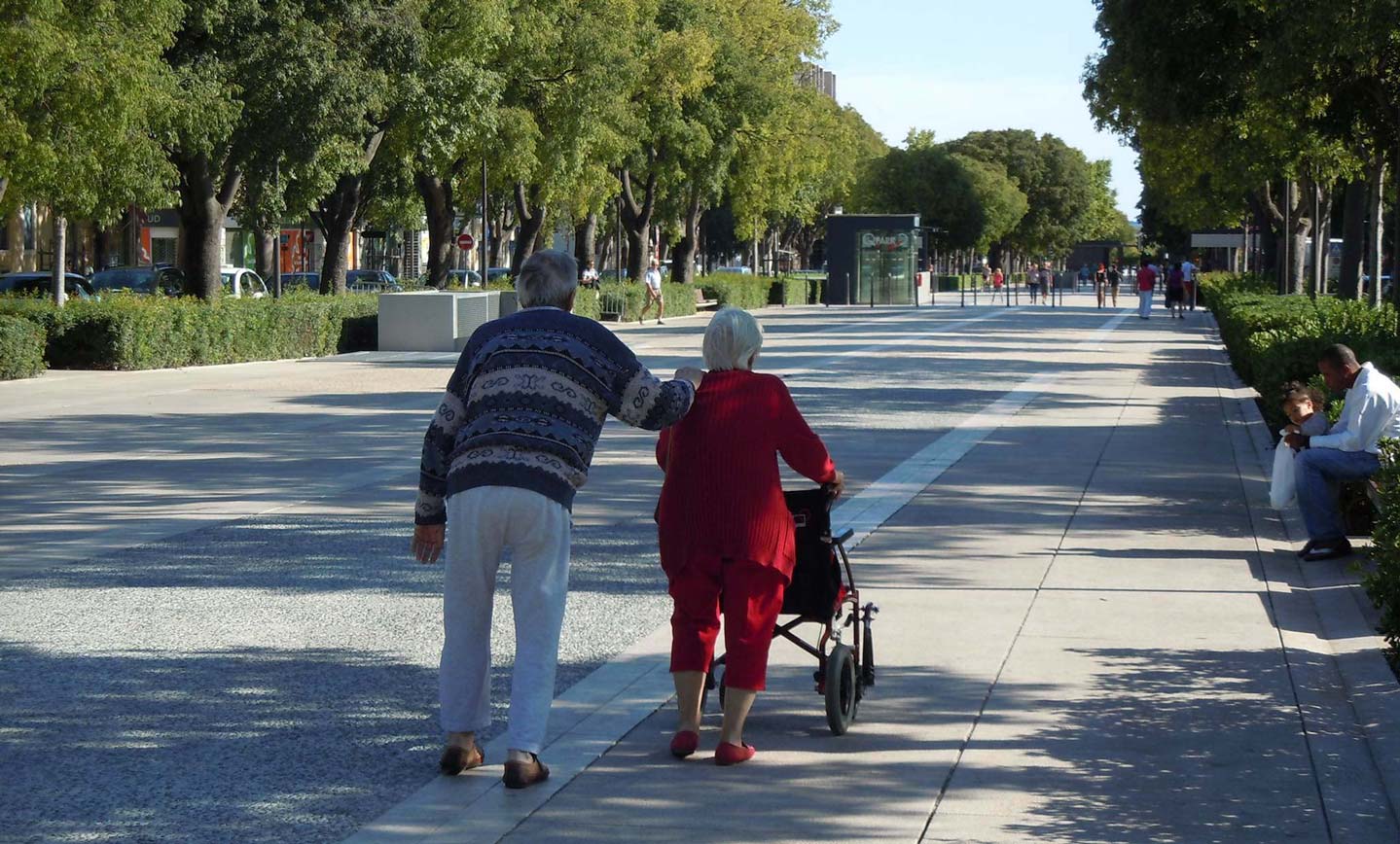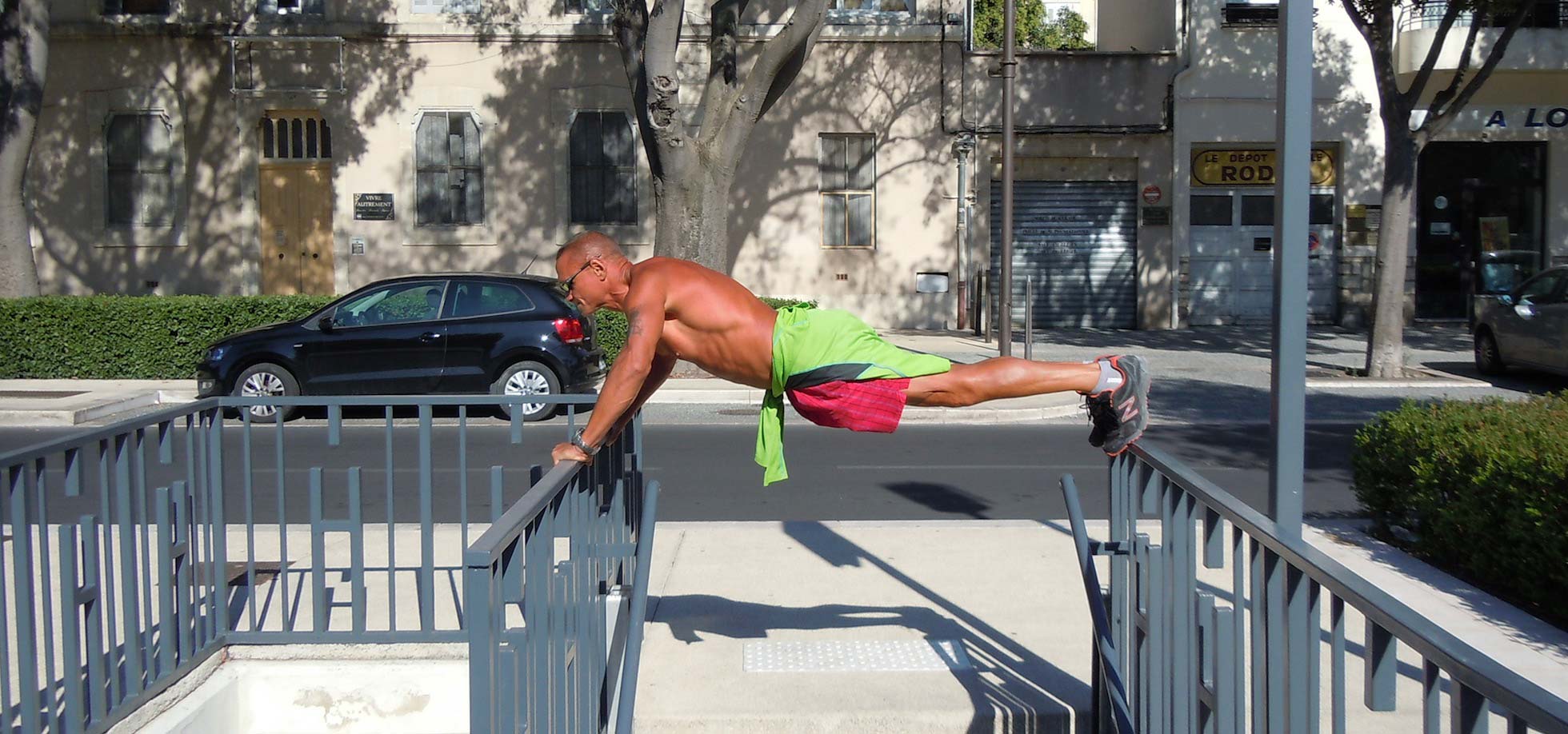Can urban living be suitable for older people?

We are developing and inviting a conversation on town centre living and a caring place through our social media channels and on this website. Steven Tolson and Dr Margaret Brown, the University of the West of Scotland, reflect on placemaking and urban living for older people. This blog relates to principle seven: accessible and diverse amenities and services.
Placemaking by collective consciousness
Placemaking is an activity that involves planning, designing and managing public spaces so that people can function well. However, placemaking should not start as a design activity but begin by having an understanding of people’s cultural practices and interactions in their daily lives.
The celebrated place maker, Jan Gehl, has spent a lifetime promoting the importance of recognising how people use their places and how designers should respond by creating the right environment. Gehl’s proposition is that “we shape places and they shape us” which means avoiding ‘top down’ physical and technical approaches and involving the users and owners in place making production,
A good place maker is informed by understanding people’s sense of identity, belonging and behaviour is known by sociologists as ‘collective consciousness’ and argued by Patrick Geddes in his ‘Civics’ essays. This understanding of people’s functioning and what binds them together is critical for good placemaking and planning in general.
With older people making up an increasing proportion of the population and having a reliance on public transport to access services and amenities, it is essential that town centre policies embrace their requirements.
Choice and opportunity
Of course older people may be emotionally tied to their home on the edge of town but several studies show that a significant number of older people would like to move if there was suitable choice and opportunity.
At present it is estimated that the number of retirement housing in Scotland represents around 10% of the total number of older people.
Of course many older people continue to live in what has been their family home for many years but the very low proportion of specifically designed houses for older people clearly demonstrates a miss match of supply against older people’s accommodation requirements.
Historically, charitable almshouse organisations were established to provide housing for older people with an estimated 35,000 people in the UK currently living in this form of accommodation at the heart of their communities.
Scottish housing associations and local authorities provide around 80,000 homes for older people in Scotland although some ‘sheltered housing’ is in need of modernisation and new supply has been very limited over the last 10 years.
Certainly housing associations have a major role to play but other participants should be encouraged to come forward to meet the interests of older people who own their own property and are looking to move to more appropriate accommodation within a well-connected neighbourhood.
Access to services
Opportunities to live in central urban areas that give access to services, shops and health and social care support are not easy to find. With nearly three-quarters of all older people living in their own homes, the private housing market hardly recognises this important group in our society.
There are only around 2% of new housing being built for retirement while the older population represents nearly 20% of the population. To respond to this shortfall, we need housing and planning policies, and delivery mechanisms that reflect the need to have the right types of housing in the right places.
This means identifying opportunities for developing older people’s housing to allow them to live close to services and facilities they require as well as being connected to people and events. Ideally, this will be new build housing but it could be converting property into appropriate accessible housing that is designed to meet the needs of older people.
It may be that Councils have land and property that they could sell with planning policy support for older people’s housing. However, having disposable assets and planning policies is still not enough as developers and housing associations need to be encouraged to widen their activity to provide a range of tenures and support services.
Good work has been undertaken on providing home and house based adaptation but these are of little value where the external environment has uneven surfaces that risk trips and slips and generally prejudice the use of walking aids.
It is important to recognise that physical impediments can also lead to isolation and disconnection from an older person’s community.

Feeling safe and confident
Scotland is a place that prides itself on equality and an acknowledgement that everyone has a right to enjoy full citizenship but this can only be achieved if greater access is provided to their place and their community. To this end, more work is required by those responsible for designing, managing and maintaining our places by examining how older people can feel safe and confident in accessing and moving around streets, buildings and spaces.
We have seen that younger people have embraced urban living and this can provide good opportunities for intergenerational connections with older people. Rather than having generational ghettos we should consider socially integrated approaches adopted in Europe such as younger and older people living in the same block and sharing external spaces.
However, urban vibrancy has to be balanced with quiet enjoyment by managing differing lifestyles so that people at the opposite ends of the age spectrum can enjoy the same spaces. This includes having a safe and secure environment where older people, who often feel vulnerable, have a peace of mind within their homes and in the streets.
Urban living
In debating urban living for older people, the best route for success is to engage with older people, their families and friends who provide the majority of the support. However, such engagement and contribution should not be in isolation but inter-dependent with all citizens and their solidarity with each other.
Older people have the understanding born from experience that can inform and help shape place making policies and significantly contribute towards revitalising urban areas. With the development of empowered communities we have the opportunity of changing a culture of practice.
Solutions will be multi-layered and will not be short term, but investing in the right accommodation and places for older people to have a good life will be beneficial to us all.

Header image credit: Ross Sneddon on Unsplash
Share your stories on a caring place
If you'd like to share you knowledge and experiences of what it takes to design for a caring place, get in touch.
